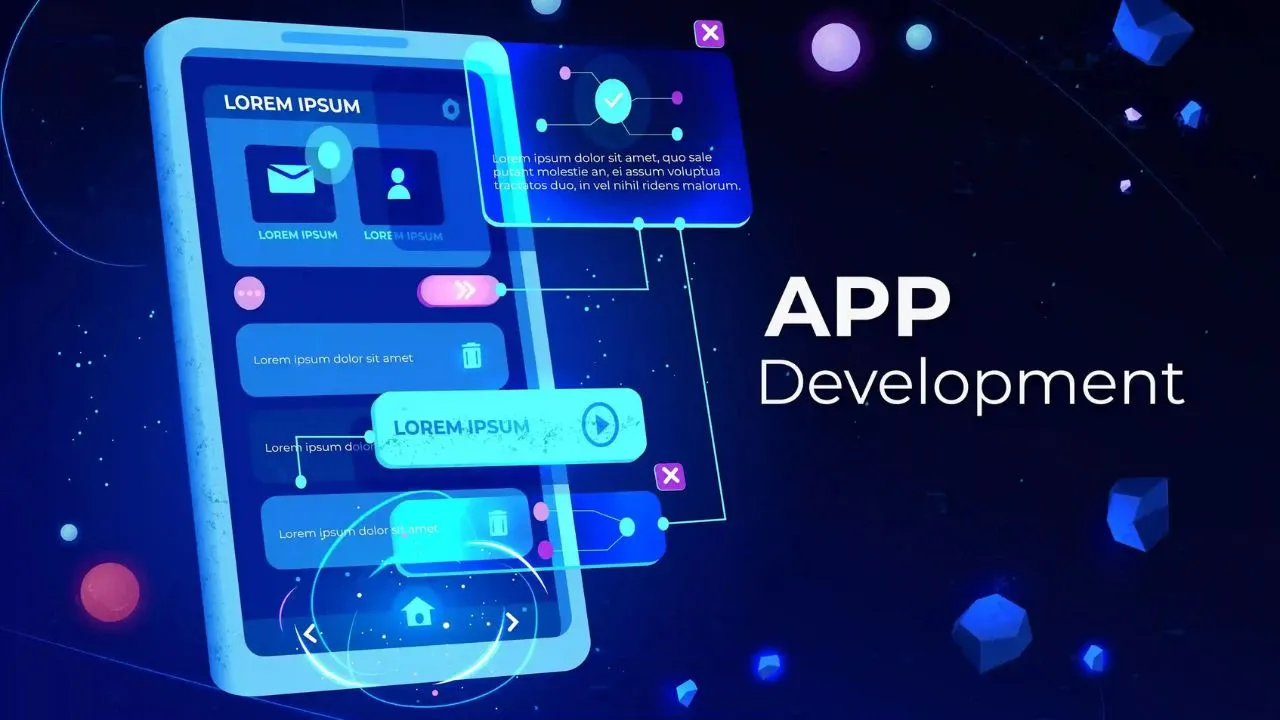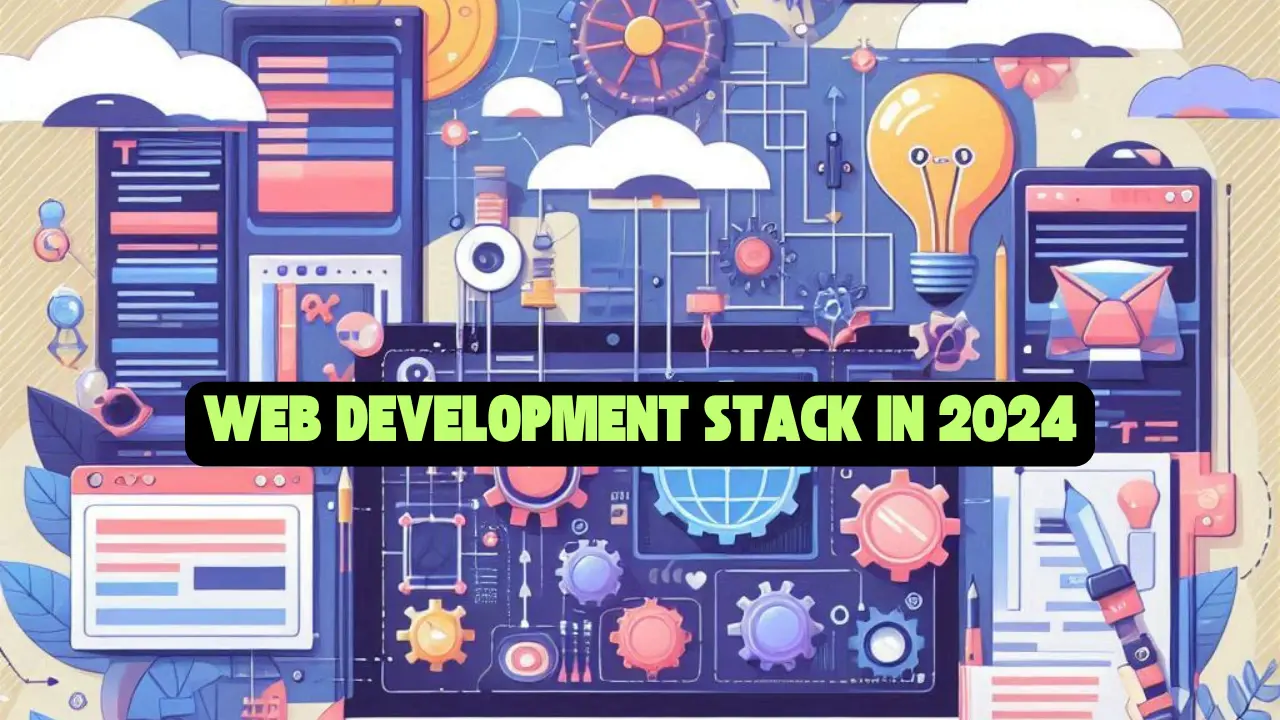In an era where smartphones have seamlessly woven themselves into the fabric of our lives, mobile app development stands as the vanguard of innovation, propelling businesses toward unprecedented growth and transforming the way we interact with the world. From social networking apps that bridge distances to productivity tools that streamline our daily tasks, mobile applications have become indispensable companions in our digital journey. In this comprehensive guide, we’ll delve deep into the dynamic realm of mobile app development, exploring its key facets, the pivotal distinction between mobile web development and mobile app development, the prominent platforms that dominate the landscape, and the cutting-edge tools and technologies that empower developers to craft exceptional mobile experiences.
Adapting to the Mobile-First Paradigm: The Imperative for Businesses
The proliferation of smartphones has ushered in a mobile-first era, where users increasingly rely on their devices to access information, connect with others, and conduct business. In this landscape, mobile apps have become a critical touchpoint for brands to engage with their customers, deliver personalized experiences, and foster loyalty. Businesses that fail to adapt to this mobile-centric reality risk losing relevance and market share.
Mobile Web vs. Mobile App: Choosing the Right Path
While both mobile web development and mobile app development cater to the mobile user, they serve distinct purposes. Mobile web development focuses on crafting websites optimized for smaller screens and touch interactions, accessible through web browsers. On the other hand, mobile app development involves building native applications that reside on the user’s device, providing a more immersive and feature-rich experience with offline capabilities and access to device hardware.
Android & iOS: The Twin Pillars of the Mobile App Ecosystem
The mobile app landscape is dominated by two titans: Android and iOS. Android, with its open-source nature and vast device ecosystem, offers greater flexibility and reach. iOS, while catering to a more specific user base, boasts a reputation for superior performance and user experience. Mobile app developers must carefully consider their target audience and platform-specific guidelines when embarking on development for either platform.
Tools and Technologies: Empowering App Development
- Programming Languages:
- Java/Kotlin: The primary languages for Android app development.
- Swift/Objective-C: The languages of choice for iOS app development.
- Cross-Platform Frameworks:
- React Native: A popular JavaScript framework for building native-like apps for both Android and iOS using a single codebase.
- Flutter: Google’s UI toolkit for crafting beautiful, natively compiled applications for mobile, web, and desktop from a single codebase.
- Integrated Development Environments (IDEs):
- Android Studio: The official IDE for Android app development, offering a rich set of tools for coding, debugging, and testing.
- Xcode: Apple’s IDE for iOS and macOS app development, providing a similar comprehensive development environment.
- Other Popular Tools:
- Firebase: A comprehensive mobile and web app development platform by Google, offering backend services, real-time databases, and analytics.
- Xamarin: A Microsoft framework for building cross-platform apps using C#.
Collaborative Synergy: Expanding Your Digital Presence
In the interconnected digital landscape, a successful online presence requires a cohesive strategy encompassing various channels, including mobile apps, web apps, and social media. By fostering a collaborative approach between designers, developers, and marketers, businesses can ensure a consistent brand experience across all touchpoints, maximize reach, and drive engagement.
In conclusion, mobile app development is at the forefront of technological innovation, shaping the way we interact with the world around us. By embracing the mobile-first paradigm, leveraging the right tools and technologies, and adopting a collaborative approach, businesses and individuals can tap into the immense potential of the mobile app ecosystem and pave the way for a future defined by seamless, personalized mobile experiences.



